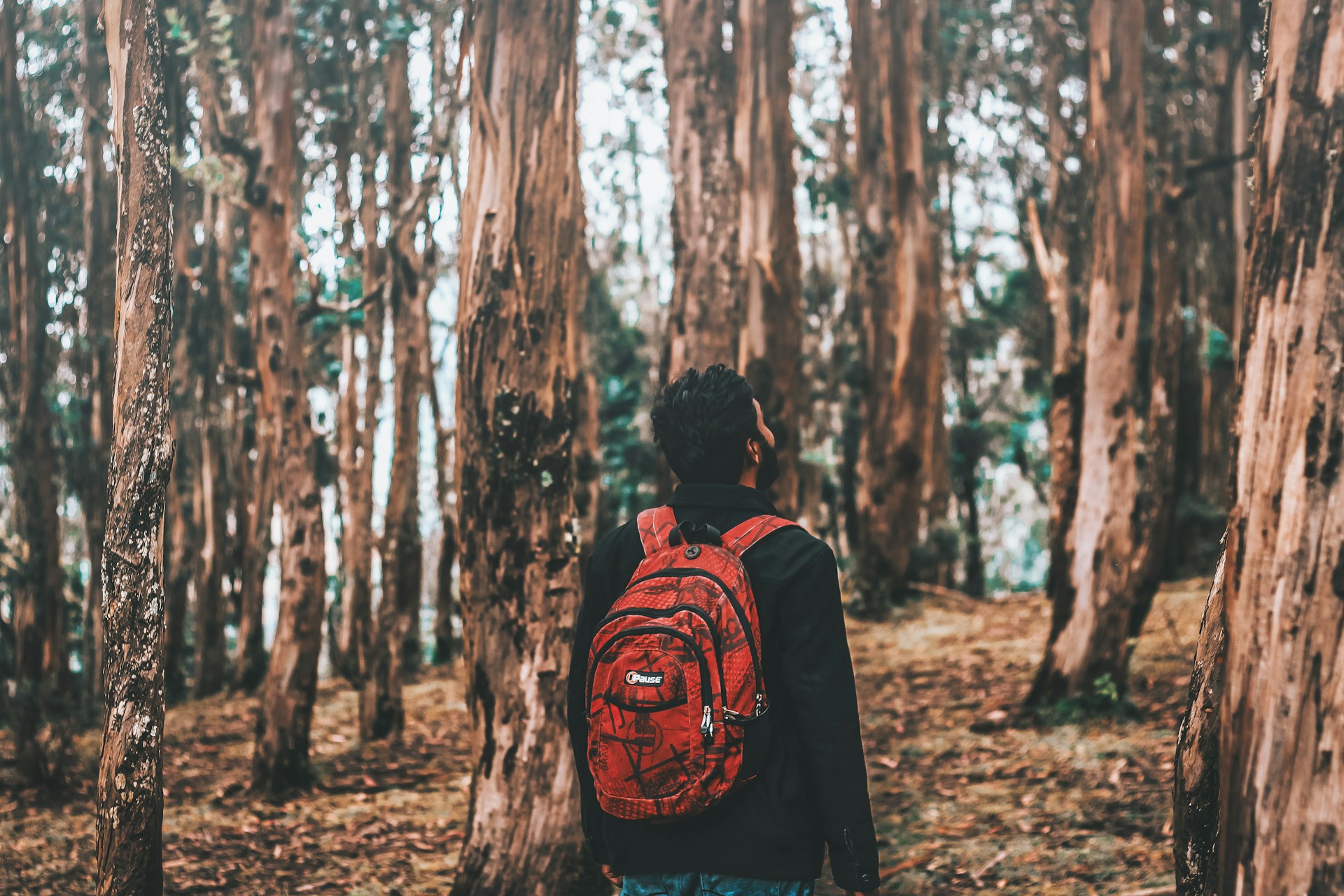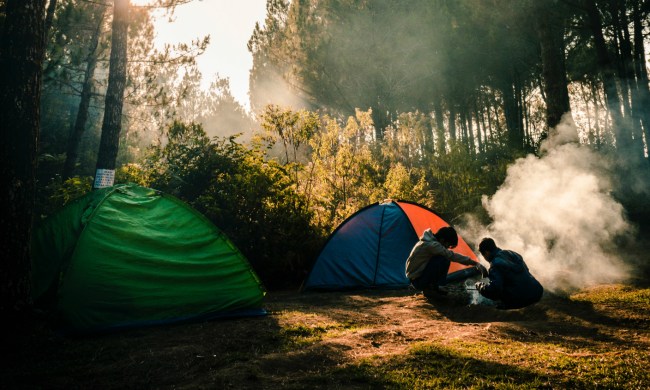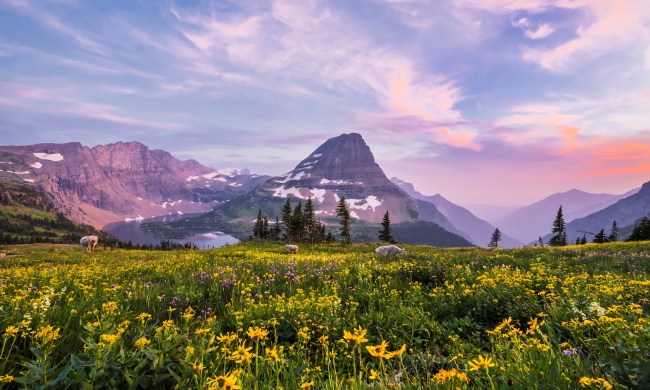
We usually don’t think to brush up on survival skills when we’re out enjoying the country’s best national parks. But it’s important to be prepared, even if you’re hiking or camping in a popular tourist destination.
Let’s dive into a recent study that reveals how people get lost in the great outdoors and, more importantly, how they survived to tell the tale. And to make sure you stay safe on the trail, I’ll include some helpful tips you can use if you ever find yourself lost in the wild.
The alarming truth behind getting lost in the wilderness
There are plenty of ways to get turned around in nature, but hiking is by far the most common way to get lost, with 48% of missing persons losing their way on foot. Men aged 20 to 25 and 50 to 60 are the most likely to get lost, and it most commonly happens during the warmer months of the year.
You’re more likely to get lost if you head on your hike in the mid-afternoon, likely because of the shorter timeframe of light and thinning crowds that help keep outdoor enthusiasts on track. People usually wandered 1.1 miles off of their trail.
The National Park Service shells out between 6 to 7 million dollars on thousands of search and rescue operations each year, not including the costs associated with fire services and law enforcement or volunteer efforts and donations.
It’s a huge part of the NPS budget, and unfortunately, these numbers are likely to increase as park popularity rises.
Key findings from the study on survival in the wild

From an analysis of over 100 news reports, the most likely situations that lead to getting lost are:
- Wandering off a designated trail (41%)
- Facing bad weather (17%)
- Falling or slipping off a trail (16%)
- Separating from a group (8%)
- An unexpected injury (7%)
- Too dark to navigate one’s way (5%)
- Losing or failing equipment (5%)
- Other causes (1%)
The most important factor for staying alive when lost in the woods is staying warm. Lost hikers relied on clothing, fire, and their camping gear to avoid extreme exposure on cold nights.
Adequate shelter is also paramount for survival in the wild, and lost adventurers commonly relied on their tents, sleeping bags, and tree canopies to protect them from the elements.
Finding water is the next important step for those lost for longer periods of time. Natural bodies of water were the primary source, with melted snow and self-rationed water bottles as secondary options. Those without water sources resorted to more harrowing methods, such as recycling urine and harvesting dew drops off of greenery.
35% of lost hikers carefully rationed food, while the 17% without food sources simply didn’t eat. Smaller percentages of lost hikers foraged fruit, plants, and insects for sustenance.
77% of the 100 reported cases of lost hikers were rescued, while 23% of people were able to find their own way out. 65% of people opt to keep hiking when lost, while 35% of people stay put.
Practical tips to avoid getting lost and ensure survival

Nobody wants a beautiful day in nature to turn into an unsafe scenario that requires survival situations. Luckily, there’s plenty you can do to prepare yourself:
- Make sure to research your trail well beforehand. Even if you’re a seasoned hiker, getting turned around is easy. Helpful apps like AllTrails can keep you on track, and you can download maps offline for easy access.
- Don’t want to invest in a map? Print out and hand-mark your trail, including alternative routes, in case you get lost.
- Start earlier in the day to make sure you have enough sunlight, and assume your hike will take longer than you expected so you have plenty of time to return before dark.
- Letting someone know when you’re heading on a longer hike and when they should expect your return is always a good idea.
- Take care of yourself before heading on the trail. This means getting good rest, starting off hydrated, and making sure you eat a balanced meal before getting started. Mental and physical fatigue can make it easier to get lost.
- Know your risk when entering the park. The safest national parks may seem like better options for long hikes, but keep in mind that they are often less populated, which means less support on hand.
Now, let’s address the worst-case scenario: let’s say you do get lost. What should you do? Here are a few handy tips for how to survive the wilderness:
- Layer clothes for the outdoors before heading out. Choose high-performance fabrics like wool that are breathable but also trap heat in the cold. Socks, gloves, and a hat are helpful for keeping appendages warm.
- Carry the ten essential items the National Parks Service recommended, including a compass, light source, fire-starting materials, water, and food.
- Bring a satellite phone in case you need to call for help.
- Practice your survival skills at home before you head out, such as simple shelter-building techniques.
- Be prepared to protect yourself. You can make a survival spear to have a line of defense and brush up on moose, bear, and mountain lion safety to know how to react if confronted.
Now, let’s talk about priorities in survival situations. Water is going to be your biggest priority, especially if you weren’t drinking enough before getting lost. You can carry a purification bottle or use carbon or iodine tablets to avoid getting sick. If you are already backpacking and have a small boiler, you can heat water for 10 minutes for safe drinking.
However, dehydration is one of the most harmful consequences of being left in the woods for long periods of time since most people can’t survive more than three days without water. So, if you’re lost for several days, you may need to risk drinking from an unfiltered natural source.
Hypothermia is another major risk when lost in the wild. For example, if you’re lost during a rainstorm, your wet clothes can drastically drop your body temperature, especially if you’re wearing cotton. Try to keep it as dry as possible, using a fire or staying under a tree canopy.
If that’s not possible, try to find a shelter, such as a hollowed tree log or small cave. You can make your own by gathering leaves, branches, and other natural materials nearby. You can also dig a hole into the ground for insulation if it’s soft enough to break.
Finally, the burning question – should I stay still when lost or keep looking for a way out? The answer can be murky, especially since 23% of people are able to find their way out.
The best bet is to stay put and make the best of where you’re at rather than veer further off the path. It may not feel like the most productive choice, but if you’ve let others know you’re gone, they’ll likely eventually find you.
Preparing for every potential outcome when heading into nature can feel overwhelming. However, there are several resources that can simplify and streamline your preparation. Consider joining wilderness groups, study your area’s weather patterns and terrain, and check out The Survival Hacker’s Handbook to give yourself the best odds no matter what happens.




